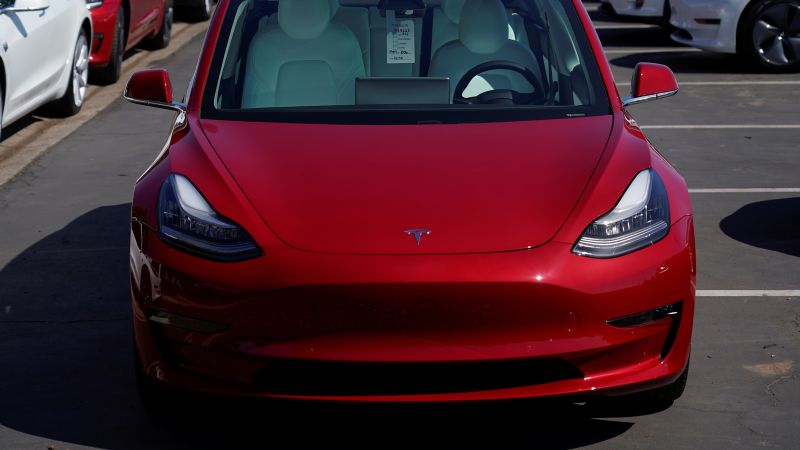Tesla is recalling 125,227 vehicles in the U.S. due to a malfunction in its seat belt warning system that can increase the risk of injury in a collision, according to the National Highway Traffic Safety Administration. The issue arises from a failure to comply with federal safety requirements, as the seat belt warning light and audible chime may not activate when the driver is unbelted. The affected vehicles include certain Model S, Model X, Model 3, and Model Y vehicles from specific years.
To address the problem, Tesla plans to release an over-the-air software update in June. This update will remove the driver seat occupancy sensor from the software, relying solely on the driver seat belt buckle and ignition status to activate the seat belt reminder signals, as recommended by the NHTSA. This proactive measure aims to improve the safety of the affected vehicles and reduce the risk of injury in case of a collision.
This is not the first recall involving Tesla in recent months. In January, the company recalled 200,000 Model S, X, and Y vehicles in the U.S. due to a software issue that could obstruct drivers’ visibility while reversing. Subsequently, in April, 3,878 Cybertrucks were recalled to address a problem with the accelerator pedal pad that could become loose and get lodged in the interior trim. These recalls underscore the importance of addressing potential safety concerns promptly to protect consumers and prevent accidents.
In addition to these specific recalls, U.S. auto safety regulators have also launched an investigation into Tesla’s recall of over 2 million vehicles announced in December to install new Autopilot safeguards. This investigation follows a series of crashes involving Tesla vehicles and aims to determine the adequacy of the recall measures implemented by the company. Ensuring the safety of Tesla vehicles and addressing potential defects is crucial to maintaining consumer trust and preventing accidents on the road.
Overall, Tesla’s proactive approach to recalling vehicles with safety issues demonstrates a commitment to addressing potential risks and prioritizing consumer safety. By releasing over-the-air software updates and implementing corrective measures, Tesla aims to enhance the safety and performance of its vehicles. Continued collaboration with regulatory authorities and timely responses to safety concerns are essential to maintaining Tesla’s reputation as a leader in innovation and sustainability in the automotive industry.


